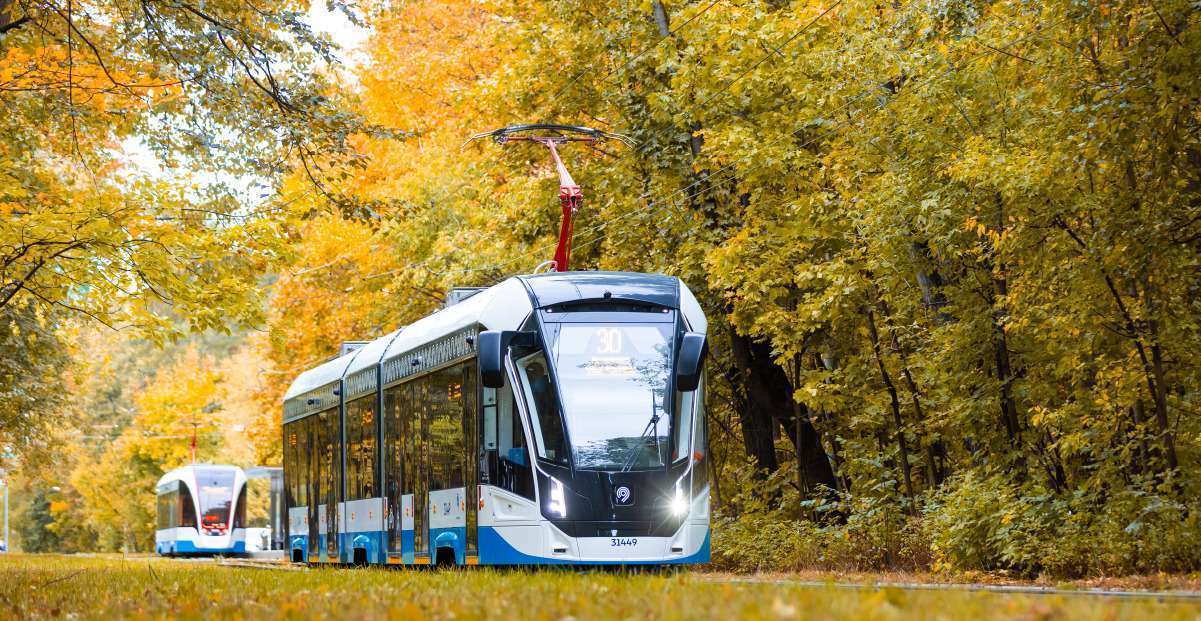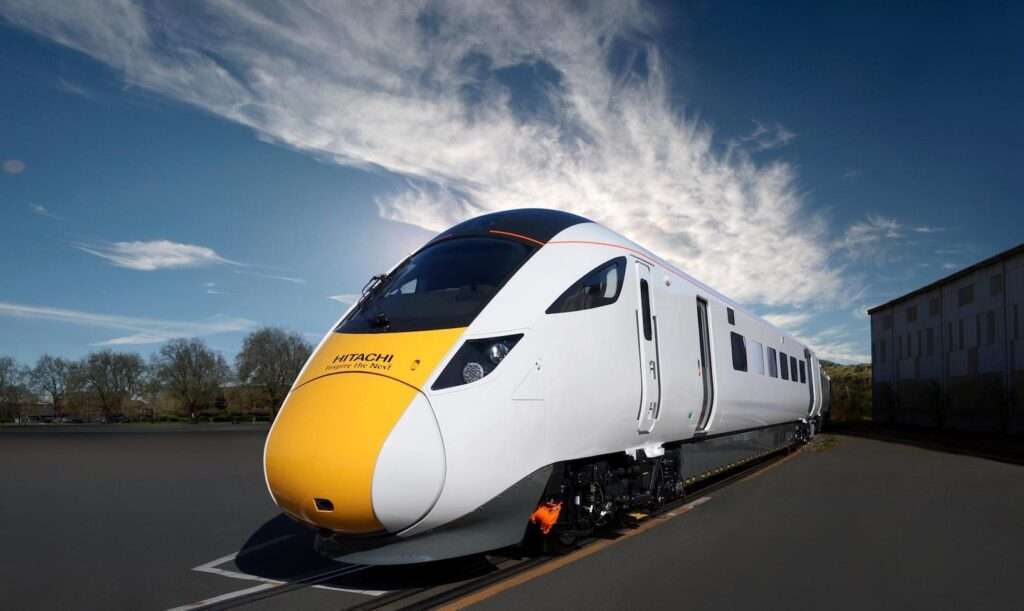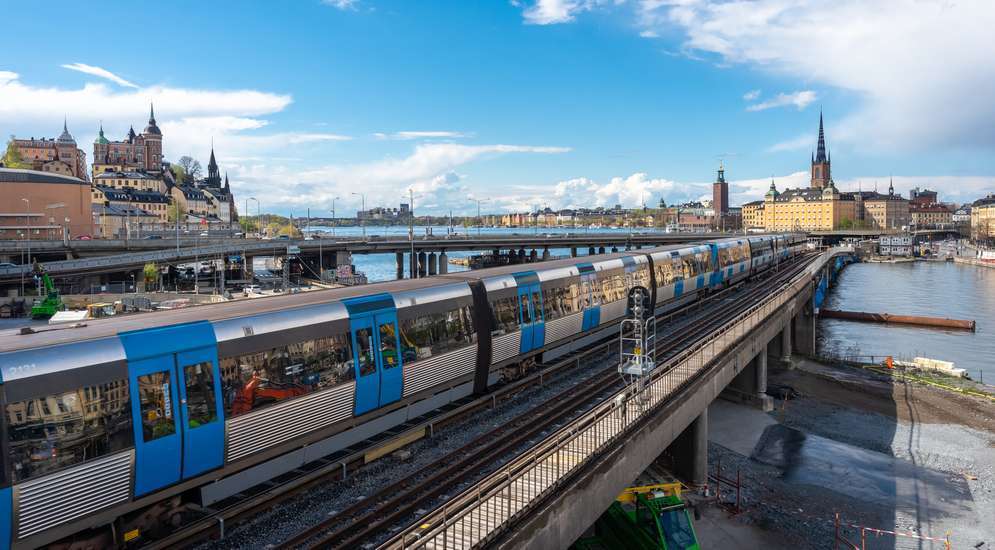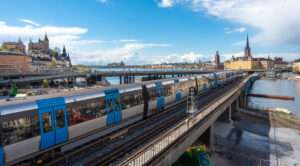In Moscow, public transport, particularly the metro, is the most practical and popular means of getting around. Worthy of the great museums, combining beauty and efficiency, it’s hardly surprising that the capital’s urban transport network is enjoying strong growth in terms of ridership… Discover an overview of recent developments and future projects that promise a bright future for urban mobility in the Russian capital…
An impressive jump in ridership on the Moscow metro
In the first quarter of 2024, the Moscow metro, including the Central Moscow Circle, carried more than 570 million passengers. This impressive figure is almost four times the size of the country’s population, and is ample testimony to the network’s efficiency and popularity. With an increase of over 8% on the previous year, the city’s residents are increasingly choosing the metro, motivated by the expansion of new lines and the continuous improvement of the travel experience. In 2023, the full entry into service of the Great Circular Line (GLC) and the extensions of line 8 to Vnukovo airport and line 10 to the north have in particular contributed to this growth.
Innovative payment options
According to the Moscow Metro’s International Relations Department, the city is also planning to launch a new payment option this year, the ‘Virtual Troika’. Since its launch in 2013, the Troika card, which now accounts for almost 80% of metro journeys, has significantly reduced queues at ticket offices, thanks to an award-winning ticketing system. With over 50 million cards issued, payment options are diversifying, including biometric and bankcard payments. The latter already account for 50,000 daily journeys on the Central Diameters of Moscow.
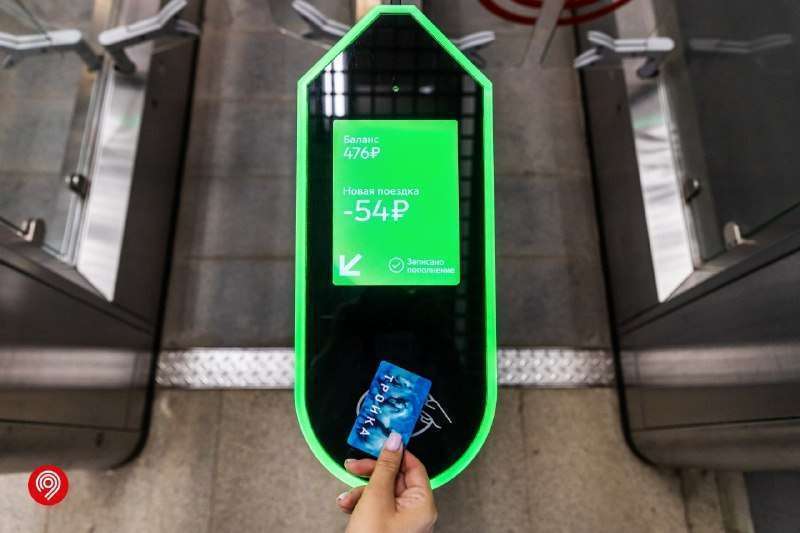
Expansion and modernisation of the tram network
Similarly, Moscow’s tram network has seen a significant increase in ridership, with some lines extremely busy. Modernisation continues, especially with the renovation of the historic Apakov depot and the addition of new tram lines in the city centre. These latest changes promise to further improve the efficiency and accessibility of the network. Above all, they are part of a wider strategy to strengthen transport infrastructure and provide more sustainable and efficient urban mobility services.
These initiatives demonstrate Moscow’s commitment to providing a high-quality public transport service while adopting cutting-edge technologies to improve efficiency and the user experience. By continuing along this path, the Moscow Metro is not only meeting today’s urban mobility needs, but is also positioning itself as a key player in public transport innovation on a global scale.
